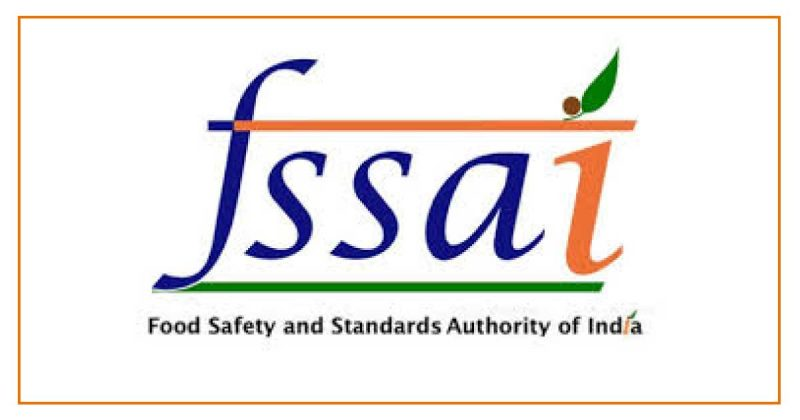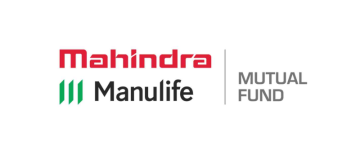In a recent development, the Food Safety and Standards Authority of India (FSSAI) reported that no traces of ethylene oxide were found in the tested samples of spices from major brands MDH and Everest. These samples were examined across 28 accredited laboratories, with reports from six additional labs still pending.

For more on this read: Everest Masala Thrown Out Of Singapore- Why?
Background and initial concerns
Last month, FSSAI initiated a nationwide sampling of powdered spices from various brands, including MDH and Everest, following quality concerns raised by Hong Kong and Singapore. The Hong Kong Center for Food Safety (CFS) had previously advised consumers against purchasing certain spice mixes from these brands, citing ethylene oxide levels exceeding permissible limits.
For more on this,read: Following Singapore's Everest Ban, Hong Kong Also Bans MDH Over Pesticide Concerns
Inspection and Sampling Drive
On April 22, a pan-India drive was launched, involving extensive inspections of spice manufacturing units, sampling, and testing of products intended for domestic consumption. This initiative was coordinated through all state and Union Territory food safety commissioners and regional directors of FSSAI.

MDH and Everest Spice Testing
FSSAI collected 25 samples from MDH across 11 manufacturing facilities and numerous samples from Everest's two manufacturing facilities. Each product was analysed for various quality and safety parameters, including pesticide residues and ethylene oxide (ETO), at National Accreditation Board for Testing and Calibration Laboratories (NABL)-accredited labs.
Scientific Panel's Examination
The scientific panel at FSSAI, comprising experts from the Spice Board, CSMCRI (Gujarat), Indian Spice Research Institute (Kerala), NIFTEM (Haryana), BARC (Mumbai), CMPAP (Lucknow), DRDO (Assam), ICAR, and the National Research Centre on Grapes (Pune), reviewed the laboratory reports. The panel concluded that the samples tested showed no traces of ethylene oxide.

Vygr File photo
Results from Other Brands
Similarly, over 300 samples of spices from other brands were also tested, and these reports confirmed the absence of ethylene oxide. The scientific panel thoroughly examined these findings to ensure compliance with quality and safety standards.
Guidelines for Spice Exporters
The Spice Board has issued guidelines to spice exporters on using ethylene oxide as a fumigant for sterilising spices, addressing microbial contamination per the importing countries' standards.
This extensive testing and inspection process highlights FSSAI's commitment to ensuring the safety and quality of spices in the domestic market, reinforcing consumer confidence in these widely used products.
ⒸCopyright 2024. All Rights Reserved Powered by Vygr Media.

























